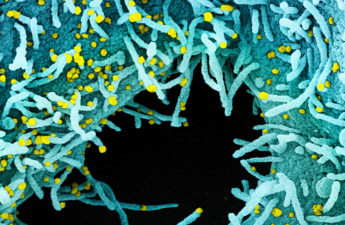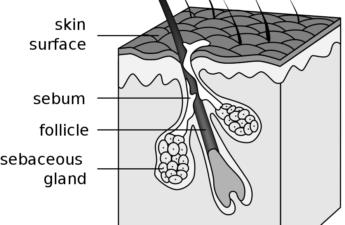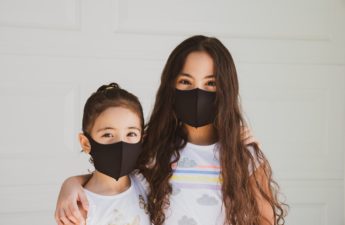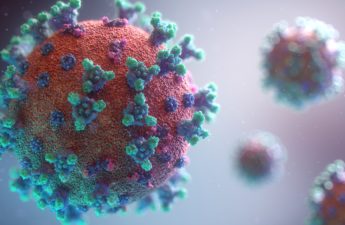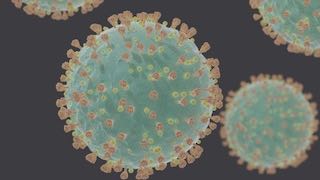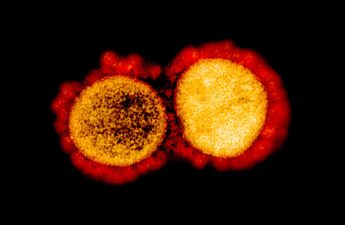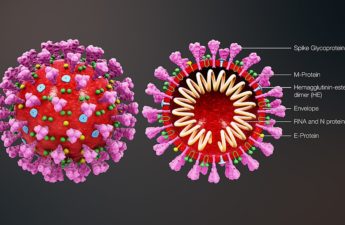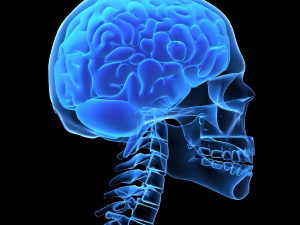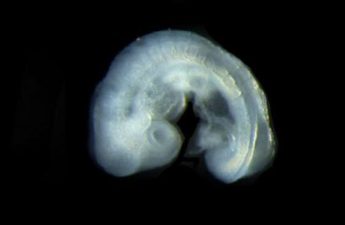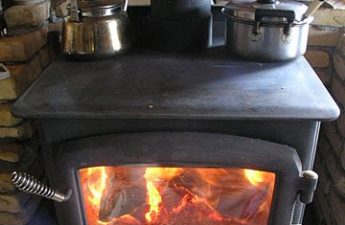Almost everyone with aphasia struggles when trying to come up with the names of things they know, but can’t find the name for. And because of that, they have trouble using words in sentences. It also affects the ability of those with the condition to read and write.
Second COVID-19 booster dose recommended for certain individuals
People age 50 and older and certain immunocompromised individuals can now get a second booster dose of an mRNA (Pfizer-BioNTech or Moderna) COVID-19 vaccine at least four months after receiving their initial booster dose.
Trying to cut back on alcohol? Here’s what works
Most people successfully quit or cut back their alcohol consumption on their own. But people who drink more frequently are much more likely to have symptoms of dependence and might find it more difficult
What is alopecia? It’s no laughing matter for millions of Black American women
Alopecia is a medical word that refers to hair loss generally. And there are descriptors added which can refer to where the hair loss is occurring, or to the cause of it. Traction alopecia, for example, is hair loss from trauma or chronic inflammatory changes to the hair follicles.
What’s next with face masks?
Keep wearing them in public, wear the best mask available and pay attention to fit.
Three orthopedic surgeries that might be doing more harm than good
What most people don’t know is that many common orthopaedic surgeries are not better for reducing pain than non-surgical alternatives that are both cheaper and safer, such as exercise programs.
Covid-19 Illustrates the Limits of Nudging
For years, the U.S. and U.K. governments embraced the concept of nudges to change social behavior. Then came Covid-19.
Hospital fights donors’ families in court for share in estates
The high-profile children’s hospital uses donor money to engage in long and costly legal battles over wills. Here’s how St. Jude has created one of the most lucrative charitable bequest programs in the country.
BA.2 subvariant causing nearly 1 in 4 new COVID cases tested in UW virology lab
A subvariant of omicron responsible for a wave of new COVID-19 cases in parts of Europe and Asia is also gradually spreading in the United States, including in Washington state.
What is the new COVID-19 variant BA.2, and will it cause another wave of infections in the US?
BA.2 is the latest subvariant of omicron, the dominant strain of the SARS-CoV-2 virus that causes COVID-19. While the origin of BA.2 is still unclear, it has quickly become the dominant strain in many countries, including India, Denmark and South Africa. It is continuing to spread in Europe, Asia and many parts of the world.
How does the immune system mobilize in response to a COVID-19 infection or a vaccine? 5 essential reads
We sought out scholars who could take our readers on deep dives into immunology and virology to help demystify these sometimes confusing, conflicting and taxing science-based questions. Here are five stories from The Conversation’s archives that highlight critical insights that we as editors and readers have gained thanks to COVID-19, and that will no doubt continue to be an important part of our pandemic lexicon.
COVID-19 and the brain
Even mild cases of COVID-19 can leave a mark on the brain, such as reductions in gray matter – a neuroscientist explains emerging research.
UW scientists create ‘roadmap’ tracing the course of embryo cell development
This “roadmap” of mouse embryogenesis will help researchers understand the molecular programs that control how different specialized cell types emerge from less differentiated cells as an embryo grows and develops.
What King County’s mask mandate rollback means for you
Starting Saturday, March 12, King County will stop requiring masks in many indoor public spaces. Individuals will now be able to make their own choices as to whether they want to continue wearing masks, and businesses may decide whether they want to require employees and customers to wear masks. In practice, what does this mean for you?
Wood-burning Stoves Raise New Health Concerns
In the United States, 11.5 million homes, or about 30 million people, were estimated to use wood as their primary or secondary heat source. Growing scientific evidence shows that woodsmoke affects human health and contributes to air pollution.

